Queen's Diamond Jubilee Galleries
This long-hidden space above Westminster Abbey now displays the battle gear of the legendary King Henry V.
For some 700 years, the medieval triforium above Westminster Abbey was hidden from view, little more than a dusty old attic used for storage and rarely visited. Then in 2018, the space was opened to the public for the first time since it was built in the 13th century, renamed the Queen’s Diamond Jubilee Galleries.
In this long-hidden gallery, contrasting sharply with the other royal artifacts of pomp and finery, you’ll find a simple sword, a rusted knight’s helmet, a rustic saddle, and a shield faded by the weight and wear of centuries. This is the battle gear of a legendary warrior of the medieval age, a leader who was immortalized by both Shakespeare and the collective consciousness of his nation, King Henry V.
Henry V was born in 1386 the son of aristocrats Henry of Monmouth and Mary de Bohun, who died in his childhood. From a young age, he was schooled in the art of war and martial combat but also in the arts and humanities, studying philosophy, music, and languages like Latin and French. He became a prince in 1399 when his tyrannical father seized the throne from King Richard, who was imprisoned and probably poisoned.
Aged only 16, the young Henry was given command of a large part of the English forces during his father’s invasion of Wales. During one of the battles of this campaign, he was severely wounded when a Welsh arrow struck him in the face. He almost died from an infection from the wound; however, due to extensive treatment by doctors he was able to survive, albeit with terrible facial scarring.
Despite this incident, the campaign and brush with death was to give Henry four valuable and grounding life lessons: how to be a leader of men in times of war, to have little fear in the face of inevitable mortality, to bear tremendous responsibilities with humility, and most unusually (for his time and class), the ability to have empathy and a sense of solidarity with the common man (although this didn’t seem to apply to the French).
Upon the death of his father in 1413, Henry was crowned at Westminister during a ceremony that was marked by a raging snowstorm that some said was an omen, although apparently no one could decide whether this was a good or bad omen. Henry quickly launched a war against France, a decision he took based on longstanding Plantagenet claims to the Kingdoms of France. (The dynasty had their roots in France and in many ways still considered themselves French rather than English.)
After besieging the fortress of Harfleur the army headed speedily across the country to Calais, but on the way began to suffer from fatal outbreaks of dysentery. The deaths caused by the disease combined with malnutrition and exhaustion took a toll on the men, and by autumn morale was at an all-time low. Through it all, the king apparently rejected the trappings of royalty to share the toil and suffering of his troops.
The English army numbered 6,000 to 9,000 men, many of whom were sick or dying from dysentery when they halted at the commune of Agincourt. The comparatively small force was heavily outnumbered by their adversary, a 36,000-strong French army that was closing in. The English had situated themselves on the edge of a waterlogged field that was between two woods. This effectively prevented the huge French army from encircling and slaughtering them.
What’s more, the terrain in front of Henry’s army meant that the approaching French forces had to narrow their charge and were trapped in a muddy quagmire while a lethal rain of arrows fell on them. The longbows used by English archers were weapons of incredible power and could penetrate armor even at over 600 feet, a task made easy by the slow and heavily armored French knights who slogged and even fell and drowned in the mud.
Although the courage of the English cannot be doubted, the victory at Agincourt was perhaps more a result of King Henry’s brilliant tactical strategy than one of divine intervention and winning against overwhelming odds as has been celebrated in the rousing Shakespearean play. But despite the king’s many victories in battle, like his Plantagenet ancestor Prince Edward of Woodstock, aka “The Black Prince,” 46 years earlier, King Henry was to die of dysentery that was probably contracted during his years of warring in France.
Henry V was only 35 years old upon his death and was buried in Westminster Abbey, where his tomb and battle gear now resides for any visitor with an interest in history to contemplate.
Know Before You Go
The gallery is open from Monday to Friday, 10 a.m. to 3 p.m. and entrance is an addtional 5 pounds to the ticket for Westminister Abbey (£20 or £17 for students). Unfortunately taking photographs of the artifacts on display is not permitted.



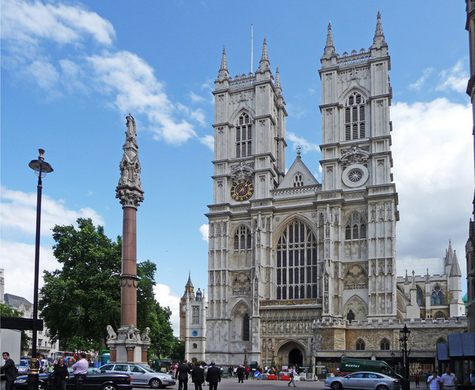
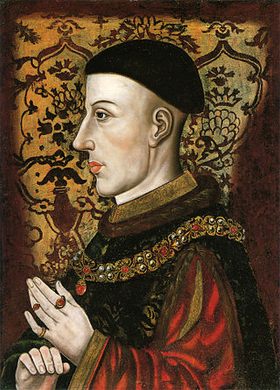

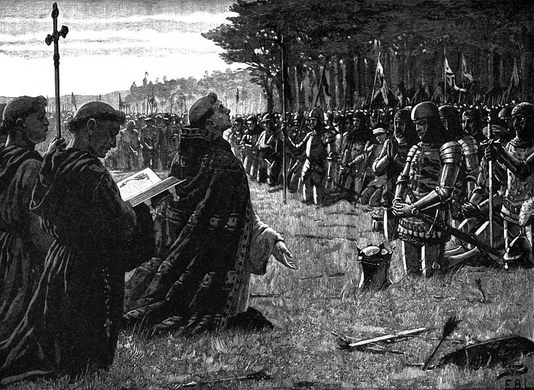

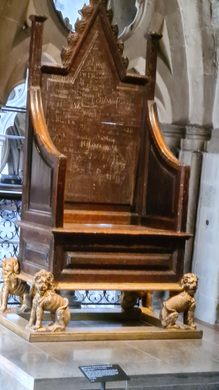






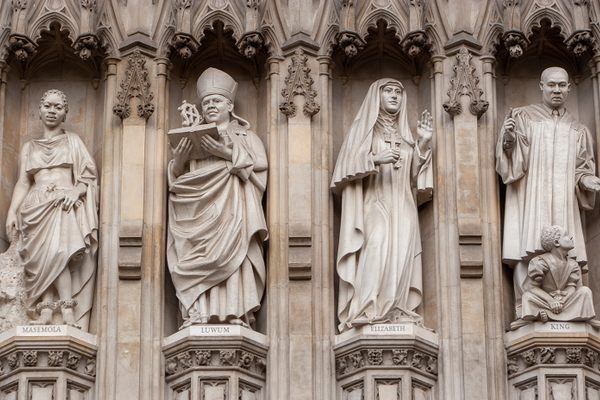




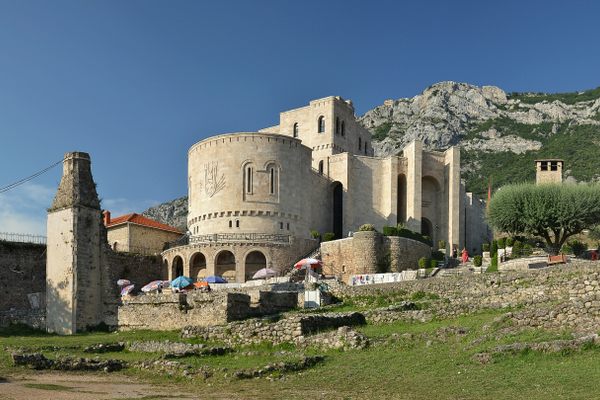

Follow us on Twitter to get the latest on the world's hidden wonders.
Like us on Facebook to get the latest on the world's hidden wonders.
Follow us on Twitter Like us on Facebook